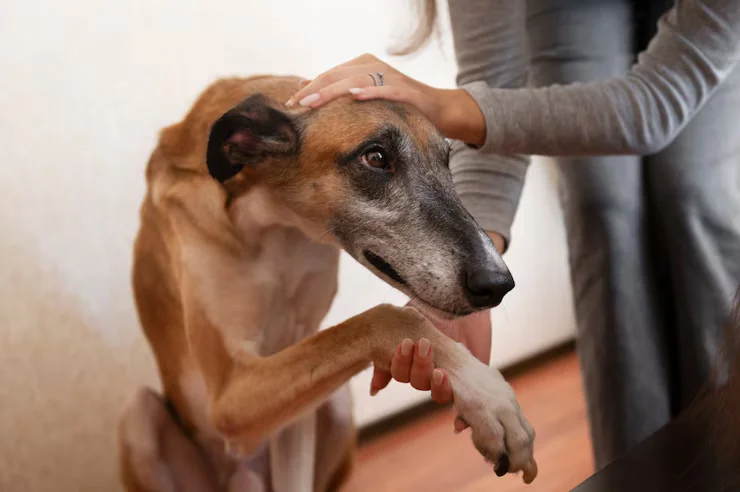-
Kutchina service center, Kolkata - 700010
Kutchina service center, Kolkata - 700010

Epileptic dogs require a safe environment to manage seizures effectively. Learn how to create a secure space for your pet, whether you’re at home or away, with insights often recommended by a reputable pet clinic.
Seizures can be alarming, especially when experienced by a beloved pet. When a dog is diagnosed with epilepsy, it’s natural for pet owners to feel overwhelmed. But with the right approach and understanding, you can create a safe and nurturing space where your dog can thrive, despite the condition.
Whether you’re a new pet parent or experienced in managing chronic conditions, learning how to build a supportive home for epileptic dogs is essential for their long-term health and happiness.

Epilepsy in dogs refers to recurrent seizures caused by abnormal electrical activity in the brain. These seizures can be brief or prolonged and may manifest as full-body convulsions or subtle behavioral changes.
While seizures can’t always be predicted, taking preventive steps and creating a safe environment can reduce risks significantly.
Creating a secure and comfortable space for epileptic dogs can reduce the likelihood of injury during seizures and contribute to a more relaxed, stable life.
Dogs thrive on routine and predictability. When they have a safe space, their stress levels decrease—potentially reducing seizure triggers like anxiety or overstimulation.
When you share your home with a dog prone to seizures, it’s crucial to address every potential hazard. Here’s a breakdown of how to make different areas seizure-safe:
While epilepsy is largely a neurological condition, external stressors can still trigger episodes. Maintaining a consistent lifestyle is one of the most effective preventive measures.
Every pet owner with an epileptic dog should have a basic seizure response plan. This helps in managing emergencies calmly and efficiently.
Everyone in the home—from adults to kids—should know what epilepsy is and how to respond appropriately during a seizure.
Educating the family promotes a consistent response, which can significantly reduce post-seizure stress for both pet and humans.
Leaving a dog with epilepsy alone always comes with some anxiety. Fortunately, there are tools and strategies to minimize worry.
While traditional medication is often necessary, some pet parents explore complementary treatments. Always discuss with your vet before introducing anything new.
Remember, results vary. Holistic methods should never replace prescribed treatments but may provide additional support.
A reputed veterinary clinic with experience in neurological disorders is invaluable. Experts often emphasize that long-term seizure control in dogs depends heavily on individualized treatment plans, consistent monitoring, and well-informed pet parents.
You may be dealing with a mild form of epilepsy today, but the condition can evolve. With expert help and a well-informed household, your pet will have the best shot at a healthy, happy life.

Yes. With the right medication, environment, and routine, most epileptic dogs live full, joyful lives.
Not directly, but they can be exhausting. The biggest risk is physical injury during an episode, which is why a safe environment is crucial.
In many cases, yes. However, some dogs may be weaned off medication under veterinary guidance after extended seizure-free periods.
Currently, there is no cure. But it can be managed very successfully with proper veterinary care and consistent at-home practices.
Keep a seizure diary noting date, time, duration, symptoms, and potential triggers. Sharing this with your vet can help improve treatment plans.
Your dog isn’t defined by epilepsy. With commitment, knowledge, and proactive care, you can provide a lifestyle that’s both fulfilling and safe. Simple changes to your home environment—paired with consistency and veterinary guidance—can drastically improve your dog’s quality of life.
A secure home isn’t just about walls and fences. It’s about emotional reassurance, physical safety, and a loving presence that tells your dog: “You’re safe here.”
Because when it comes to our pets, safety is love in action.